Introduction
Artificial Intelligence (AI) is transforming nearly every industry, and space exploration is no exception. AI in space is not just a futuristic concept but a present-day reality, enhancing our ability to explore, analyze, and understand the universe. From autonomous rovers on Mars to AI-driven satellite systems, the integration of AI into space missions is accelerating advancements in technology, efficiency, and discovery.
As space agencies like NASA, ESA, and private companies like SpaceX push the boundaries of exploration, AI is proving to be an indispensable tool. It aids in processing vast amounts of data, automating spacecraft operations, and even predicting anomalies before they become critical. This article delves into how AI is shaping space exploration, its benefits, challenges, and future possibilities.
AI in Space Exploration
One of AI’s most critical applications is in space exploration missions. These missions require precision, autonomy, and quick decision-making, all of which AI can provide. Here’s how AI is contributing to various aspects of space exploration:
Autonomous Spacecraft Navigation
AI enables spacecraft to navigate autonomously in deep space, reducing the need for constant human intervention. This is particularly useful for missions to distant planets where communication delays make manual control inefficient.
- Example: NASA’s Mars rovers, such as Perseverance and Curiosity, use AI-driven navigation systems to move across the Martian surface without direct input from mission control.
Space Robotics and AI-Powered Rovers
AI plays a pivotal role in controlling robotic systems used in space exploration. These robots must adapt to unpredictable environments and make real-time decisions.
- Mars Rovers: AI helps rovers like Perseverance analyze terrain, avoid obstacles, and determine the most efficient paths for exploration.
- Robotic Arms: AI-driven robotic arms on the International Space Station (ISS) assist in repairs, research, and satellite maintenance.
AI-Powered Satellites and Data Analysis
Satellites equipped with AI technology can analyze vast amounts of data in real time, improving their efficiency and capabilities.
Earth Observation and Climate Monitoring
AI is instrumental in processing satellite imagery for weather forecasting, climate change monitoring, and disaster response.
- Example: AI-powered satellites can detect deforestation, track hurricanes, and predict natural disasters with greater accuracy.
Space Debris Detection and Management
With an increasing number of satellites and space debris, AI helps identify, track, and mitigate potential collisions.
- Example: AI algorithms analyze orbital paths and predict possible debris collisions, allowing for preventive measures to be taken.
AI in Astronomy and Deep Space Research
AI’s ability to process large datasets makes it a valuable tool for astronomical research and the search for extraterrestrial life.
Discovering Exoplanets
AI algorithms can sift through astronomical data to detect exoplanets—planets beyond our solar system.
- Example: NASA’s Kepler mission used AI to discover new exoplanets by analyzing light variations from distant stars.
Enhancing Telescope Efficiency
AI enhances the capabilities of telescopes, enabling them to process and interpret data with greater precision.
- Example: The Vera C. Rubin Observatory uses AI to identify celestial events like supernovae and black hole mergers.
AI for Space Communication
Efficient communication is essential for space missions, and AI improves data transmission, compression, and decoding.
- Deep Space Communication: AI optimizes signal transmission between Earth and distant spacecraft, reducing latency and improving data accuracy.
- AI-Enhanced Speech Recognition: AI assists astronauts by interpreting voice commands and translating languages in real-time.
AI and Human Space Missions
Artificial intelligence is increasingly supporting human astronauts by automating tasks, ensuring safety, and improving mission efficiency.
AI Assistants for Astronauts
AI-driven virtual assistants help astronauts with navigation, equipment maintenance, and medical diagnostics.
- Example: CIMON (Crew Interactive Mobile Companion) is an AI-powered robotic assistant developed for the ISS, providing voice-controlled support to astronauts.
Medical AI in Space
AI is crucial for monitoring astronauts’ health, diagnosing potential medical issues, and suggesting treatments in space.
- Example: AI-driven telemedicine allows astronauts to receive remote medical consultations, reducing dependency on Earth-based doctors.
Challenges and Risks of AI in Space
Despite its many advantages, AI in space comes with challenges and risks:
Reliability and Decision-Making Risks
AI systems must make critical decisions autonomously, and any errors can have catastrophic consequences.
- Solution: Extensive testing and redundant systems help mitigate these risks.
Ethical and Security Concerns
The use of AI in space raises ethical concerns, including data privacy, AI-controlled weapons, and potential biases in AI decision-making.
- Solution: International regulations and ethical guidelines should govern AI use in space.
Future of AI in Space
AI’s role in space exploration will only grow, with advancements leading to more ambitious missions and groundbreaking discoveries.
AI-Driven Space Habitats
AI will play a crucial role in managing self-sustaining space habitats on the Moon, Mars, and beyond.
- Example: AI will optimize resource usage, monitor environmental conditions, and automate habitat maintenance.
AI-Led Interstellar Travel
Future AI advancements may enable spacecraft to travel beyond our solar system, making real-time decisions without human input.
- Example: AI-powered probes could explore exoplanets and send back critical data without relying on real-time human commands.
AI in Asteroid Mining
AI will assist in identifying and extracting valuable resources from asteroids, potentially revolutionizing space economy.
- Example: AI-driven robotic miners could autonomously extract and process minerals from asteroids, supporting future space missions.
Conclusion
AI is reshaping space exploration by enhancing autonomy, improving efficiency, and unlocking new frontiers of discovery. From navigating rovers on Mars to optimizing satellite functions, AI’s contributions are invaluable. While challenges remain, advancements in AI technology will continue to push the boundaries of space exploration, making interplanetary travel, deep-space missions, and cosmic discoveries more achievable than ever.
As AI continues to evolve, its integration into space missions will lead to groundbreaking discoveries that expand our understanding of the universe. The future of AI in space is limitless, promising a new era of exploration and technological innovation.
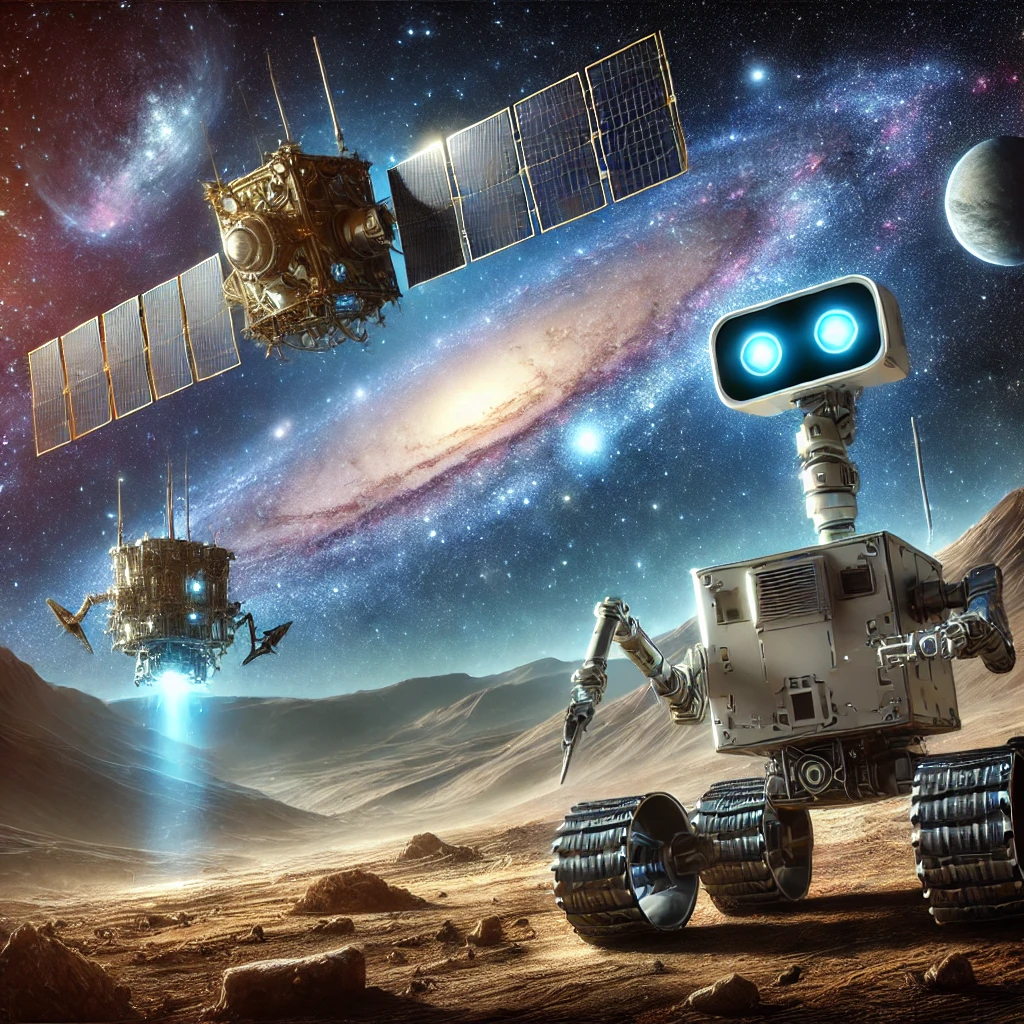
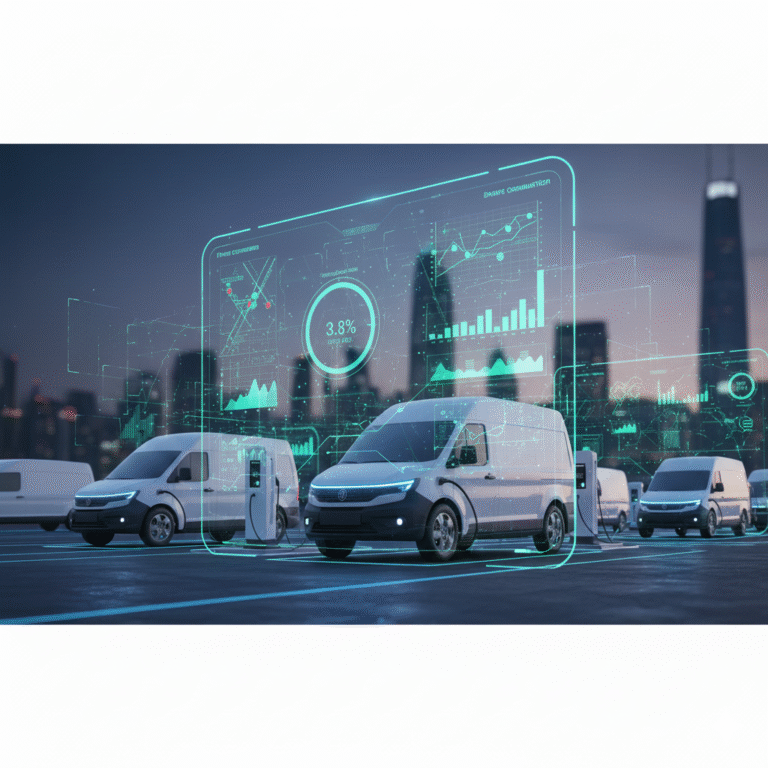

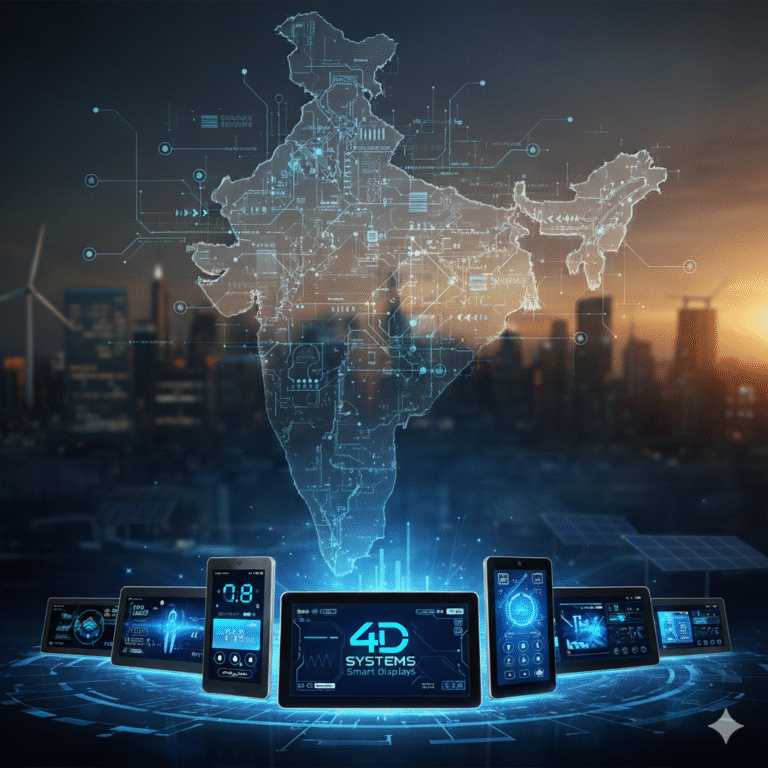
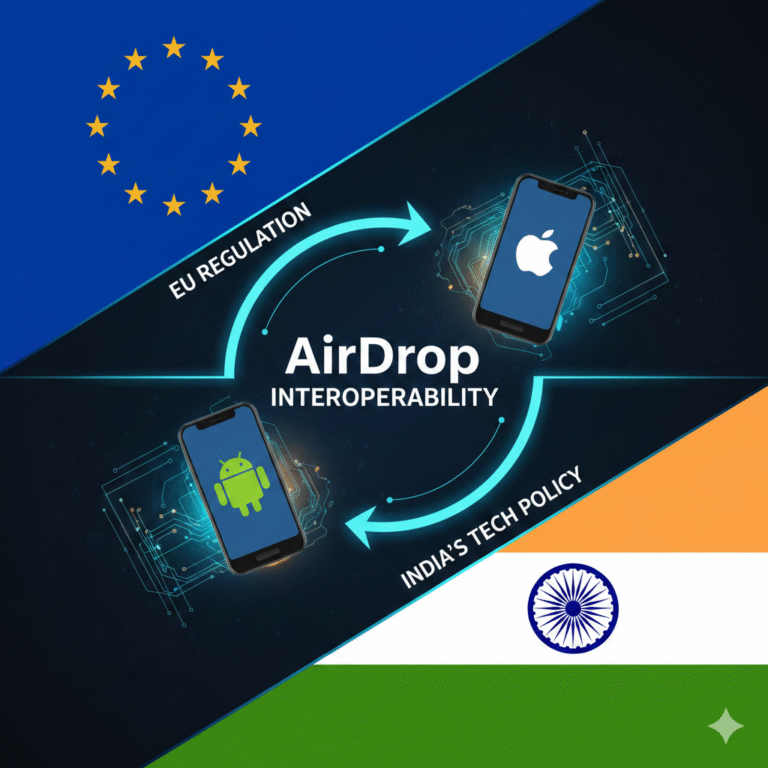




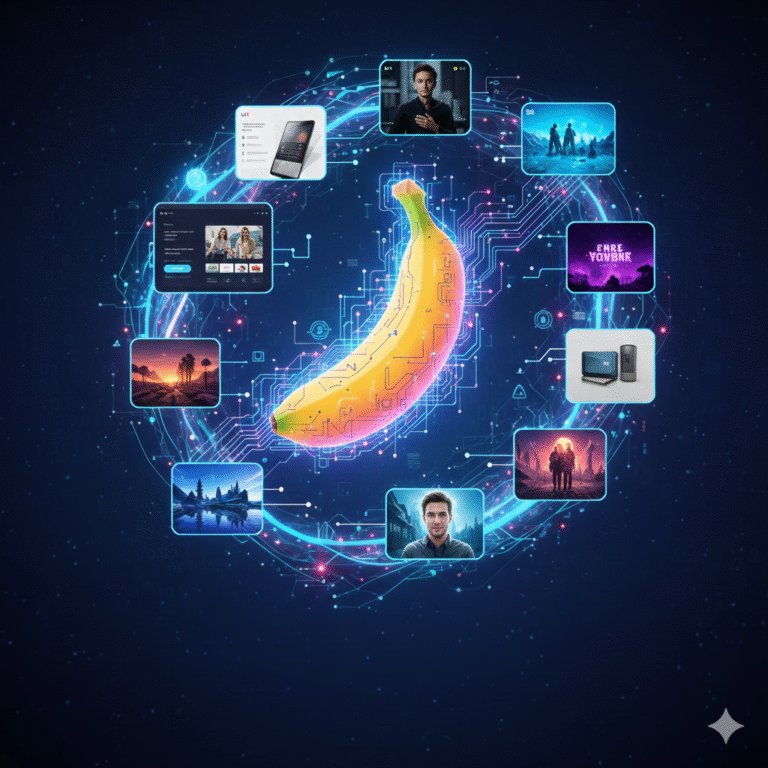
+ There are no comments
Add yours